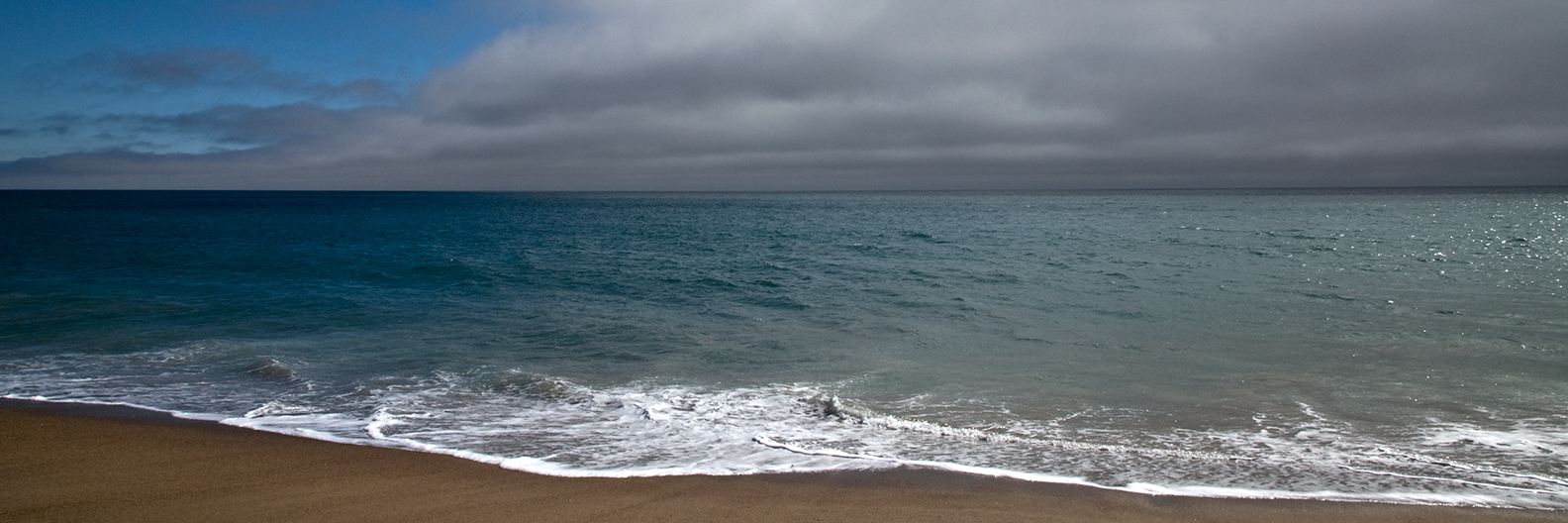
For a number of years, going back to the 1970’s, I’ve had a two-camera system: 1) a larger camera, sometimes bulky and unwieldy, sometimes rather heavy, sometimes even requiring a tripod, and 2) a smaller camera, always handheld. The reason for this was that the larger cameras used larger film formats—thus producing higher-quality negatives (in theory). But of course the smaller 35mm cameras were much more convenient.
Pre-digital, my large cameras were a Mamiya RB-67, a Mamiya C-220 twin-lens reflex and a Toyo Field 4x5. The small cameras were a Nikon F and F100, an Olympus OM-1, and various Minolta Maxxum models. And, comparatively recently I acquired a Leica Minilux "pocketable" (35mm) camera.
The Mamiya RB-67 and Nikon F were lost when our house in Los Angeles was burglarized, the OM-1 gone when I upgraded to autofocus Minolta models.
Now in my possession, pictured above (left to right): the Nikon F100, the Toyo Field 4x5 and the Leica Minilux. Not currently using any of them, although I still think that I could do something interesting with the 4x5 using a roll-film adapter.
Photo: Cameras—Marin County, 2009

















































